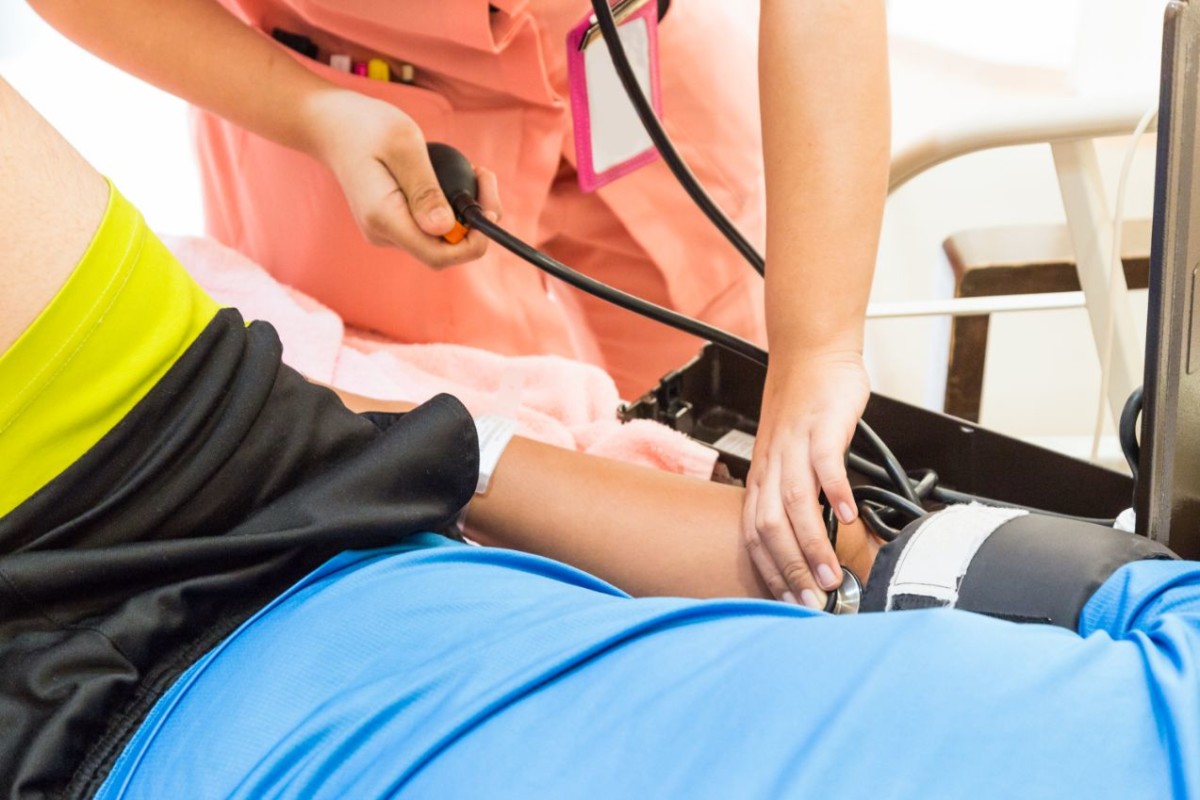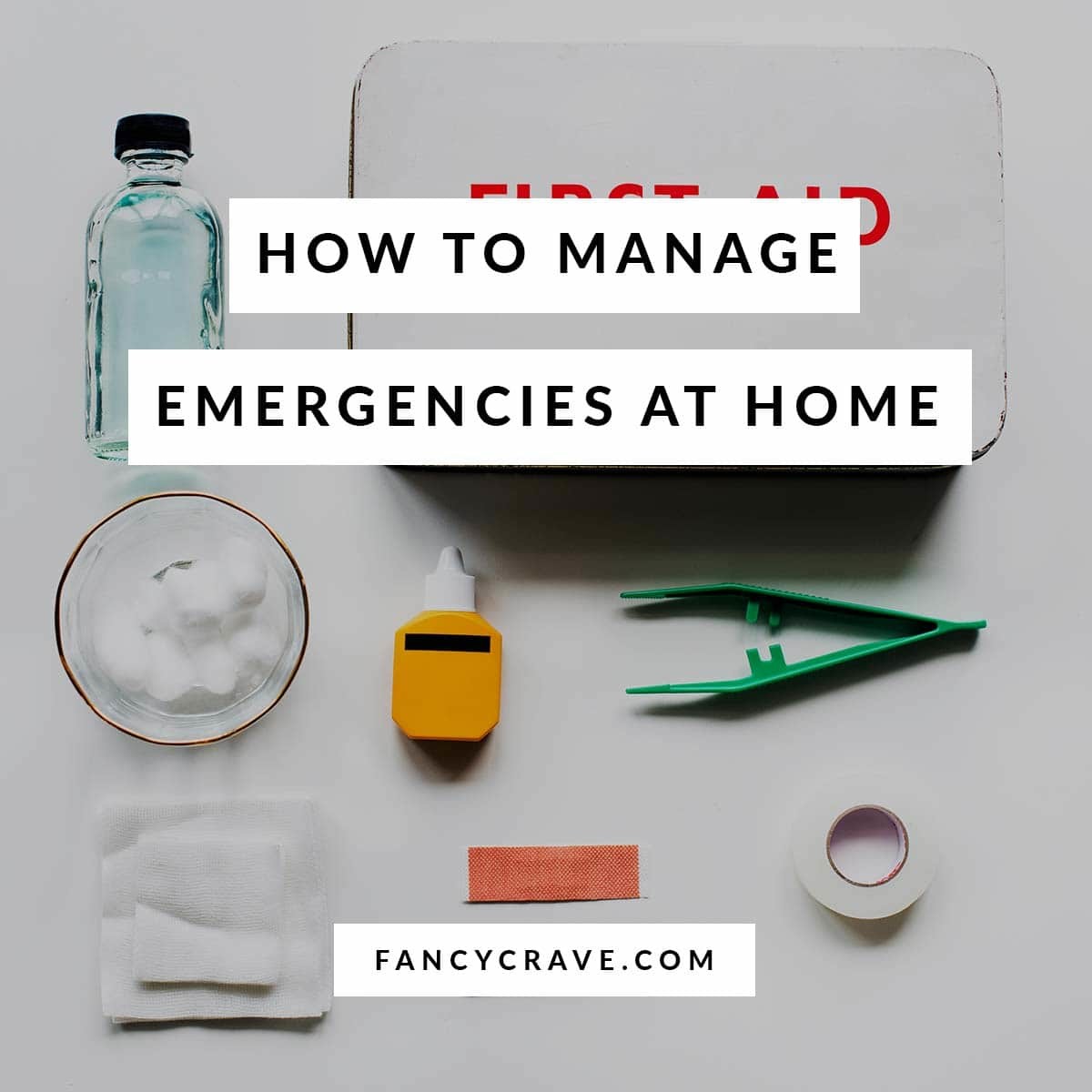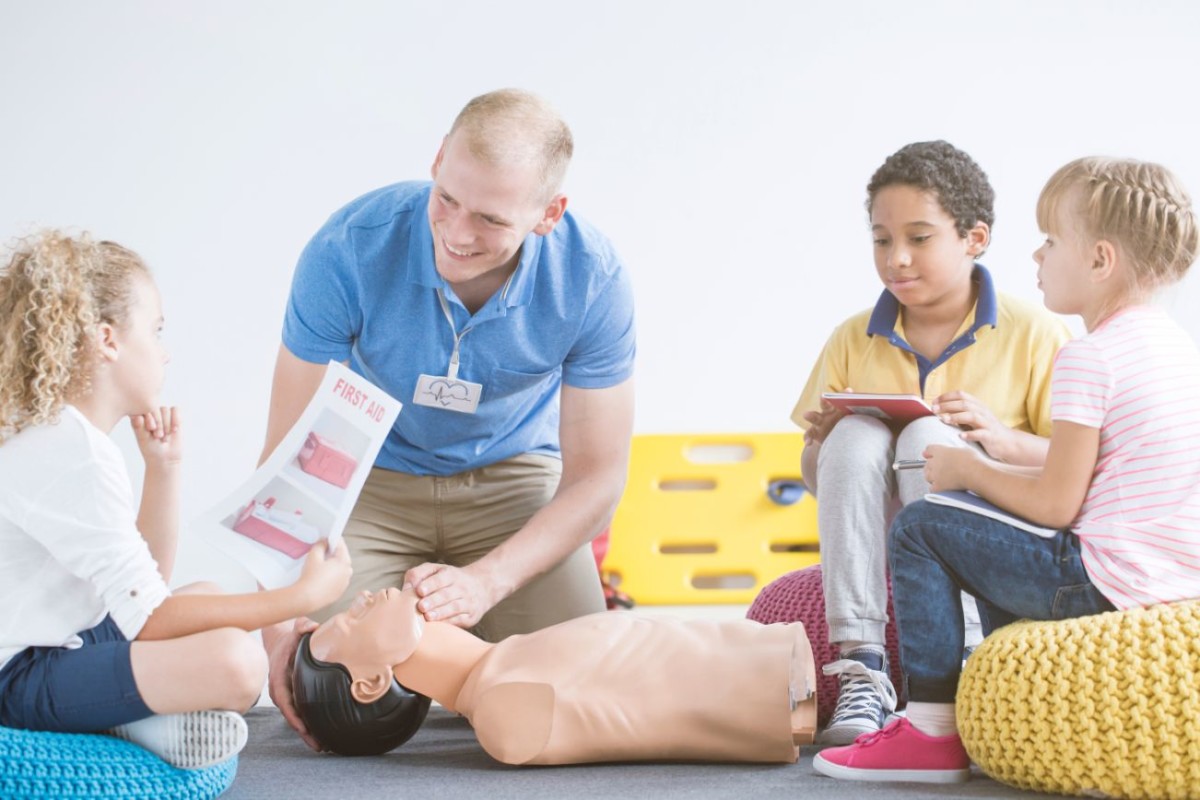Bleeding, chest pain, fainting, CPR, head injury, choking, strokes, poisoning; these all are state of emergencies, and what would you be your reaction if any of these happens? Do you have any idea about the initial steps of first aid?
Most of the time, people are tentative to get involved in an emergency, and it’s not because they don’t care about people. But they are worried as they know what to do and also have a fear of getting into some legal issues.
An emergency can happen anywhere anytime, at home, at a shopping store or a playing area, so what would we do to help the people? You need to understand the situation and then it’s better to seek some medical help if you don’t have confidence in dealing with the emergency. There is also an option available to get an online emergency management degree to prepare yourself in such emergencies.
Important decision to take during an emergency;
You need to be in good condition, so take a deep breath. Be confident and make yourself sure that you can deal with the situation. Try to save yourself and the other person from danger, fire, explosion or hazard.
Try to treat the life-threatening disease and problem first like bleeding and shock. Don’t move the person as you got to know that he/she has a spinal or broken bone injury; unless you have proper training. Do check if the person has suffered from bones broken or other major injuries.
If the person is not responding to your touch, you need to start CPR or call an emergency service provider.
Planning for a Home Emergency
Everybody has a routine life, you go to your work, and kids go to their schools, attend some community events and spend time in home shopping and do home chores. If you have kids at home you might have put all-important contact details for your baby sitter. This is all for normal days.
Now the question is, what is much needed on days that are not normal? And you believe that calling anyone on the time of need isn’t enough. Even telecom towers won’t respond during emergencies, or everyone is busy calling at once.
That why you need the foremost measure for your home emergency plan is a strategy for the family to communicate.
Some important Basics
Stay calm
If you can’t help others safely, you mustn’t help. You need to stay calm during the emergency. Make sure you don’t get panic as it’s very hard to stay calm if any of your family people are in pain and danger.
So try to be relaxed and call your emergency service provider and meanwhile try to figure out what you can do as first aid.
Start CPR
If your family person is faint and suffering from chest pain or some cardiac issue; you must do chest compression. As it’s far better to do CPR than doing nothing at the time of need. It doesn’t matter if you have never taken a CPR course, it’s suggested by the emergency service provider, and they use to instruct people over the phone.
Common Emergencies to manage at home

Imagine you got to deal with these common emergencies; now you need to know what you should do.
Dizziness
If one of your family members wake you up at midnight and says, he doesn’t feel well. You will be calling an emergency, as he needs proper medical attention. But in the meantime, while waiting for paramedics to arrive at your place; you should ask a few questions.
Are you ok, if the person responds; ask him, do you know where you are right now?
In case he doesn’t respond to you, you should check for a pulse and examine if he is breathing. You can check breathing through the nostrils and see the chest rise and fall. If the patient isn’t breathing properly, start CPR.
You can offer them some water to drink.
Chest Pain
If anybody holds his chest and says, it hurts; make sure it’s a heart attack. Most of the time, the chest pain leads to heart attack most of the time; otherwise, paramedics can assure what else it’s going through. Anyone can have a heart attack; even 16 years old person can have a heart attack.
Again you should check airways, breathing, and circulation (ABC). Does the patient breathe, and if there is a pulse? If any of the questions answers No, you must start CPR immediately.
Unfortunately, people don’t even want to try CPR as they believe this can hurt the patient more if they did it the wrong way. But you can put the patient’s head with his chin up; take their tongue out to make the airways open; now you can start compressing the chest.
Choking
If you are having a conversation at the dinner table and someone starts coughing badly. Coughing is ok as there is air movement but if they are not making any sound and their red is turning red. Now, this is something very serious to help them out urgently.
You should go to the Heimlich maneuver if they don’t breathe.
Don’t hit the back of the choking person as this can make the situation worse as the food can go into the windpipe. Only they can work out for this or seek proper medical help. It’s better to cough, so the food comes out of the windpipe.
Bleeding
People think they are going to die if they got their figure cut. But they don’t know that there are nine units of blood in their body and they can survive if they have cut over their body. Fingers, toes, and scalp are the body parts bleed a lot, and nosebleed also got you to some panic point.
But you can’t go to death if these areas bleed. Don’t try to use tourniquet because this way you can damage the injured person tissues too much. You can put direct pressure on the area where it’s bleeding and hold it tight.
More Tips for Effective Emergency Preparedness

Make sure that window and door keys are easy to get in the room where they might be needed most.
Buy an escape ladder if you have a multi-story house, and make sure it’s readily available when required. It should be kept in an easily accessible place.
Conclusion
Try to keep your family persons aware of the emergency and how to deal with the situation. Make sure that anyone can be confident enough to tackle the emergency by your evacuation plan. Pay full attention to the needs of infants and senior people specifically.
Make sure you have talked to your family person regularly about the emergency evacuation plan, especially kids.


